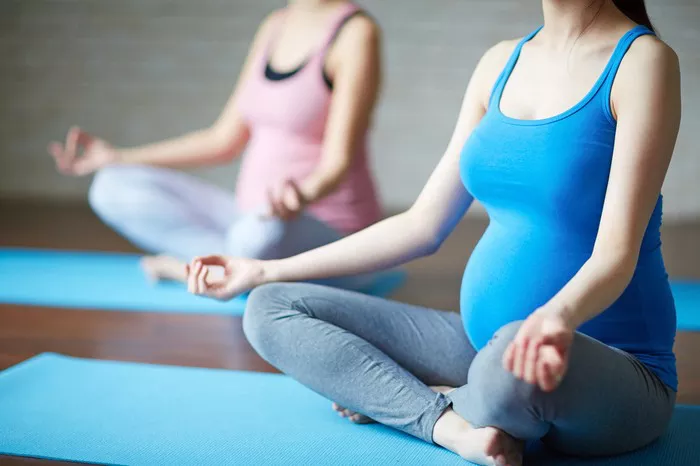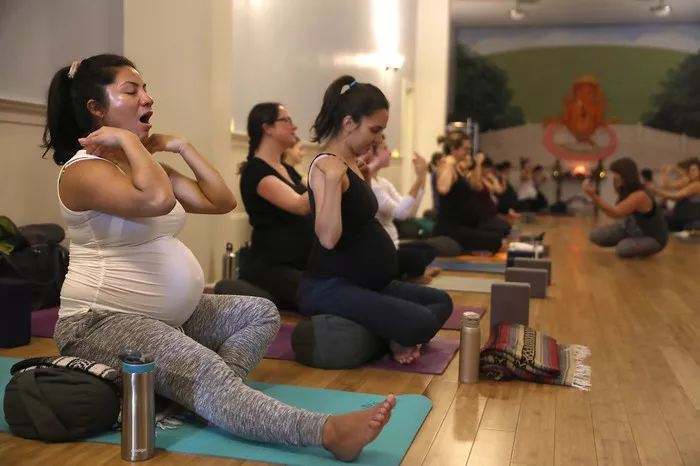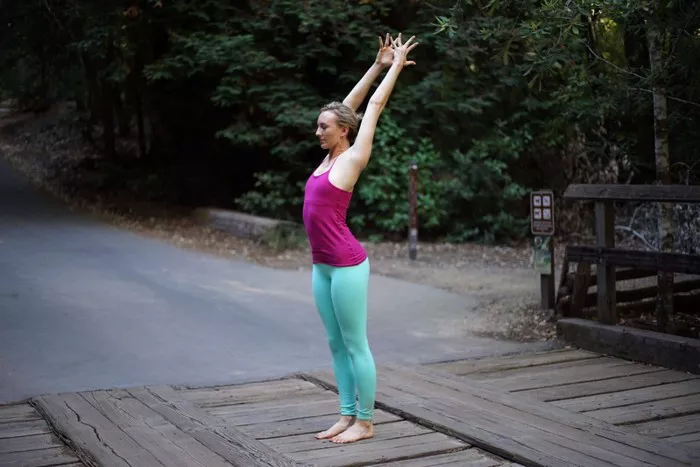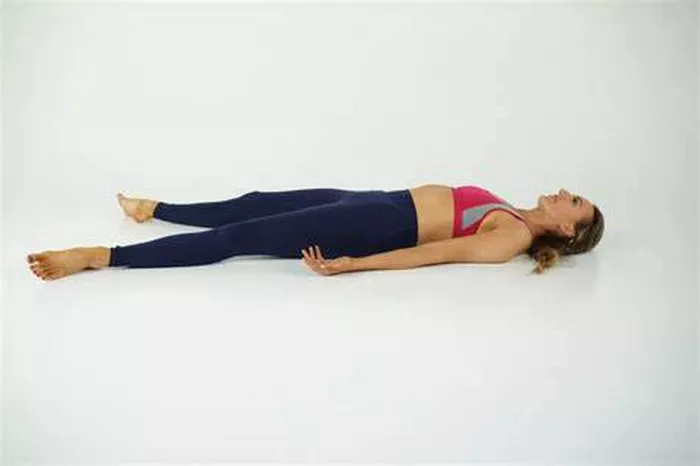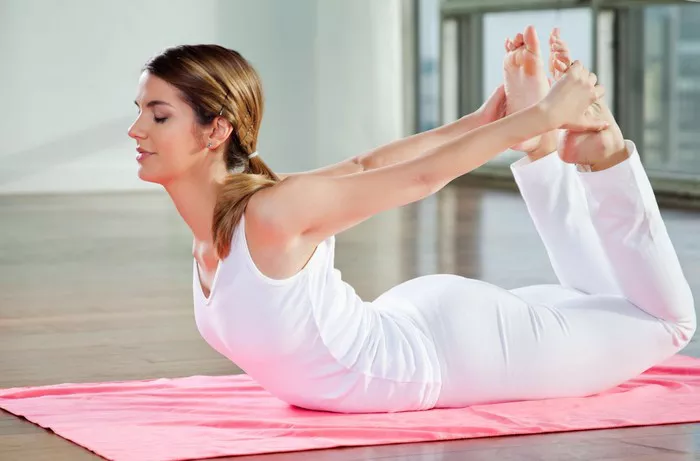Grief is a multifaceted and deeply personal experience that impacts individuals emotionally, mentally, and physically. The loss of a loved one, a significant life change, or any profound loss can leave us feeling untethered and overwhelmed. While there are many ways to cope with and process grief, restorative yoga offers a gentle and supportive approach that nurtures the body, mind, and spirit.
Understanding Grief
Grief is a natural response to loss, encompassing a range of emotions from sadness and anger to confusion and numbness. It is not a linear process but rather a cyclical one, where individuals may oscillate between different stages of grief, including denial, anger, bargaining, depression, and acceptance. Each person’s grief journey is unique, shaped by their relationship to the loss and their personal coping mechanisms.
The Impact of Grief on the Body and Mind
Grief affects us on multiple levels. Physically, it can manifest as fatigue, aches, and a weakened immune system. Emotionally, it can lead to intense sadness, anxiety, and depression. Mentally, it may cause confusion, difficulty concentrating, and a sense of disconnection from reality. Spiritually, grief can prompt existential questions and a search for meaning.
What is Restorative Yoga?
Restorative yoga is a gentle, therapeutic form of yoga that focuses on relaxation and healing. It uses props such as bolsters, blankets, and blocks to support the body in passive poses, allowing for deep relaxation and the release of tension. Unlike more dynamic styles of yoga, restorative yoga emphasizes stillness and long holds, enabling the practitioner to rest and rejuvenate.
See Also: What Is the Main Focus of Restorative Yoga?
The Principles of Restorative Yoga
- Support: Using props to fully support the body in each pose, minimizing strain and effort.
- Stillness: Encouraging complete relaxation by holding poses for extended periods, typically 5-20 minutes.
- Comfort: Ensuring the practitioner feels comfortable and at ease in each pose to facilitate deep relaxation.
- Quiet: Creating a tranquil environment to support mental calmness and introspection.
- Time: Allowing ample time in each pose for the body and mind to settle and release tension.
The Benefits of Restorative Yoga for Grief
Restorative yoga offers a range of benefits that can be particularly healing for those experiencing grief.
Physical Benefits
- Deep Relaxation: The practice promotes relaxation by activating the parasympathetic nervous system, which counteracts the stress response.
- Tension Release: Long holds and supported poses help release physical tension and alleviate aches and pains.
- Improved Sleep: By reducing stress and promoting relaxation, restorative yoga can improve sleep quality, which is often disrupted by grief.
- Enhanced Immune Function: Relaxation and stress reduction can boost the immune system, which is often compromised by the stress of grief.
Emotional Benefits
- Emotional Release: Restorative yoga provides a safe space for emotions to surface and be processed.
- Reduced Anxiety and Depression: The practice can alleviate symptoms of anxiety and depression by promoting relaxation and mental calmness.
- Increased Emotional Awareness: By cultivating stillness and mindfulness, restorative yoga helps individuals become more aware of their emotions and how they manifest in the body.
Mental Benefits
Mental Clarity: The practice promotes mental clarity and focus, helping to alleviate the fog that often accompanies grief.
Mindfulness: Restorative yoga encourages mindfulness, which can help individuals stay present and connected to their experiences.
Cognitive Rest: By giving the mind a break from constant thinking and worrying, restorative yoga allows for mental rest and rejuvenation.
Spiritual Benefits
- Inner Peace: The practice can foster a sense of inner peace and connection to something greater than oneself.
- Meaning and Purpose: Restorative yoga can support the exploration of existential questions and help individuals find meaning and purpose in their grief journey.
- Connection: It can help individuals feel connected to their inner selves and to the larger web of life.
Restorative Yoga Poses for Grief
When practicing restorative yoga for grief, it is important to choose poses that promote deep relaxation and comfort. Here are some recommended poses:
1. Supported Child’s Pose (Balasana)
Child’s pose is a nurturing posture that gently stretches the back and hips while promoting a sense of safety and comfort.
How to Practice:
- Place a bolster or a stack of blankets lengthwise on your mat.
- Kneel in front of the bolster with your big toes touching and knees wide apart.
- Sit back on your heels and lean forward, resting your torso and head on the bolster.
- Turn your head to one side and rest your arms alongside the bolster.
- Hold for 5-10 minutes, turning your head to the opposite side halfway through.
2. Supported Reclining Bound Angle Pose (Supta Baddha Konasana)
This pose opens the chest and hips while promoting deep relaxation and emotional release.
How to Practice:
- Place a bolster lengthwise on your mat and a folded blanket at the top for head support.
- Sit in front of the bolster with your knees bent and feet together.
- Recline back onto the bolster, allowing your knees to open out to the sides.
- Place blocks or blankets under your thighs for support.
- Rest your arms by your sides, palms facing up.
- Hold for 10-20 minutes.
3. Supported Savasana (Corpse Pose)
Savasana is the ultimate pose of relaxation, allowing the body and mind to completely let go.
How to Practice:
- Lie on your back with a bolster or rolled blanket under your knees.
- Place a folded blanket under your head for support.
- Allow your arms to rest by your sides, palms facing up.
- Close your eyes and focus on your breath.
- Hold for 10-20 minutes.
4. Legs Up the Wall Pose (Viparita Karani)
This gentle inversion promotes relaxation and helps reduce anxiety and fatigue.
How to Practice:
- Sit sideways next to a wall with your hips close to the wall.
- Lie back and swing your legs up the wall.
- Adjust your position so your hips are close to the wall and your legs are supported.
- Place a folded blanket under your hips for added support if needed.
- Rest your arms by your sides, palms facing up.
- Hold for 5-15 minutes.
5. Supported Forward Fold (Paschimottanasana)
This pose gently stretches the back and promotes introspection and emotional release.
How to Practice:
- Sit on your mat with your legs extended in front of you.
- Place a bolster or folded blankets on your thighs.
- Hinge forward from your hips, resting your torso and head on the bolster.
- Relax your arms alongside the bolster.
- Hold for 5-10 minutes.
Creating a Restorative Yoga Practice for Grief
When creating a restorative yoga practice for grief, it is important to approach the practice with gentleness and compassion. Here are some tips for creating a supportive practice:
Set an Intention
Begin your practice by setting a heartfelt intention. This could be something as simple as “I allow myself to feel and heal” or “I honor my grief with compassion.” Setting an intention helps create a sense of purpose and focus for your practice.
Create a Sacred Space
Designate a quiet and comfortable space for your practice. Use soft lighting, soothing music, and any items that bring you comfort, such as candles, essential oils, or a cherished photograph.
Use Props
Make sure you have plenty of props on hand to support your body in each pose. Bolsters, blankets, blocks, and eye pillows can all enhance your comfort and relaxation.
Listen to Your Body
Pay attention to how your body feels in each pose and make adjustments as needed. The goal is to feel supported and at ease, so don’t hesitate to use additional props or modify poses to suit your needs.
Be Patient and Compassionate
Grief is a complex and ongoing process, and it’s important to be patient and compassionate with yourself. Allow yourself to move through your practice at your own pace and honor whatever emotions arise.
Practice Regularly
Consistency is key to experiencing the benefits of restorative yoga. Aim to practice at least a few times a week, even if it’s just for a short period. Over time, you’ll likely find that the practice becomes a comforting and healing ritual.
Integrating Restorative Yoga with Other Healing Practices
Restorative yoga can be a powerful complement to other healing practices for grief. Here are some additional practices that can support your healing journey:
Mindfulness and Meditation
Mindfulness and meditation can help you stay present and connected to your emotions. Consider incorporating guided meditations or mindfulness exercises into your routine.
Journaling
Writing can be a therapeutic way to process your thoughts and emotions. Try keeping a grief journal where you can freely express your feelings and reflections.
Nature Walks
Spending time in nature can be incredibly grounding and healing. Take regular walks in natural settings, paying attention to the sights, sounds, and sensations around you.
Support Groups and Therapy
Connecting with others who understand your experience can provide valuable support and comfort. Consider joining a grief support group or seeking therapy from a professional who specializes in grief counseling.
Conclusion
Restorative yoga offers a gentle and compassionate way to navigate the complex journey of grief. By creating a supportive and nurturing practice, you can facilitate deep relaxation, emotional release, and holistic healing. Remember to approach your practice with patience and self-compassion, honoring your unique grief journey and allowing yourself the space and time needed to heal.
Related topics:



